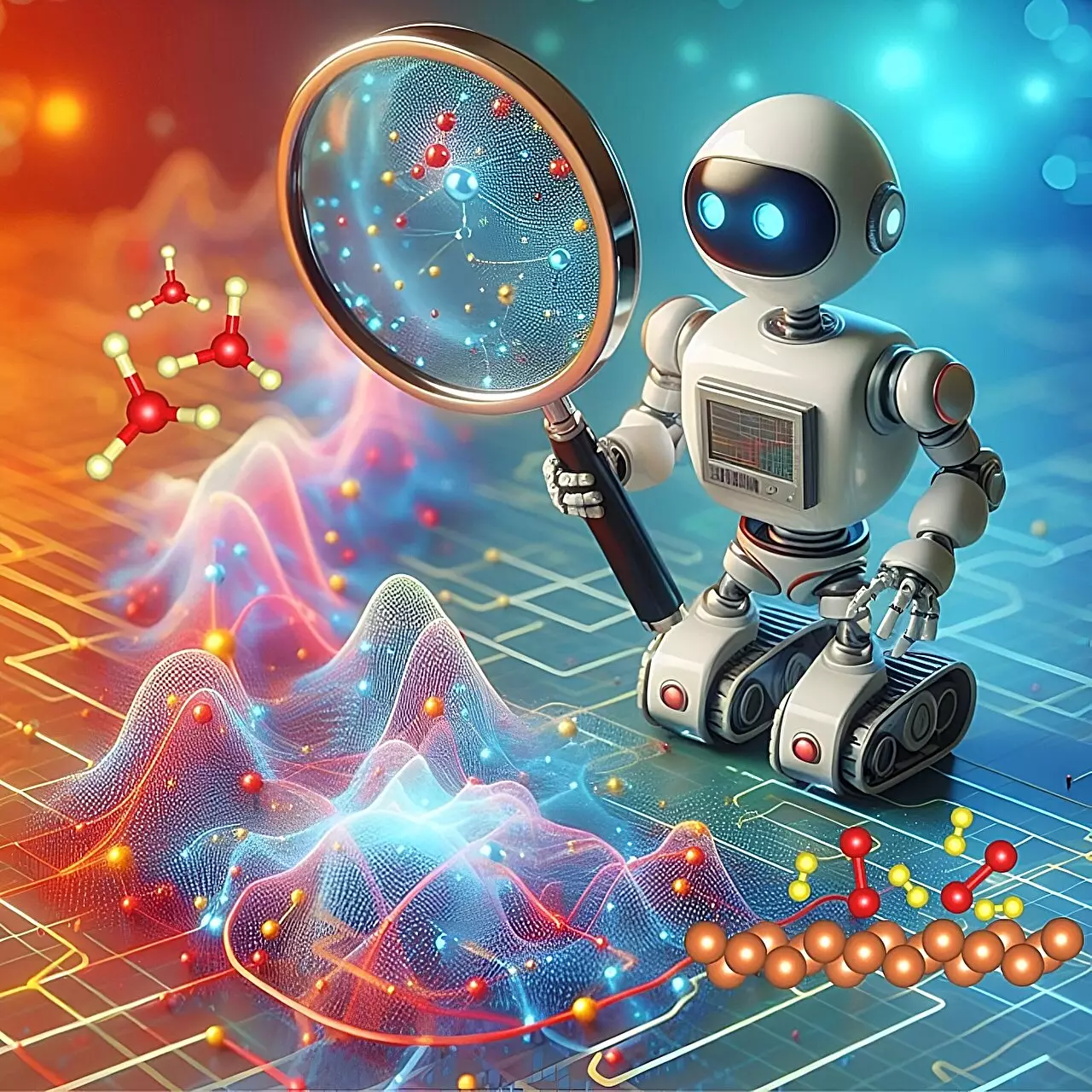The industrial production of ammonia is a foundational process that has been under scientific scrutiny for the better part of a century. Historically, the synthesis of ammonia, primarily through the Haber-Bosch process, has been characterized by its low yield and inefficient resource utilization. This process involves the reaction of atmospheric nitrogen and hydrogen, facilitated by an iron catalyst, which produces an impressive 160 million tons of ammonia annually. The bulk of this ammonia finds its application in agriculture, predominantly as nitrogen fertilizer, while also playing a critical role in various industries, such as food preservation and manufacturing cleaning products. Despite its significance, the inefficiencies inherent in ammonia production remain a persistent hurdle for researchers and industry practitioners alike.
Recent advancements in artificial intelligence (AI) have spurred new hope for enhancing these chemical processes. A promising development comes from a research team led by Qi An, an associate professor of materials science and engineering at Iowa State University. This team has pioneered an innovative AI technology known as High-Throughput Deep Reinforcement Learning with First Principles (HDRL-FP). This framework aims to refine the understanding of complex chemical reactions, including those involved in ammonia production. The innovations proposed by An and his collaborators could significantly lower production costs and carbon dioxide emissions, while also paving the way for small-scale, decentralized ammonia production facilities. Such advancements could transform not only the efficiency of ammonia synthesis but also the environmental impact tied to its production.
The HDRL-FP framework is grounded in sophisticated machine learning techniques, particularly reinforcement learning, which mimics the reward-based training approach often used in behavioral conditioning. In the realm of chemical processes, this methodology enables computers to independently navigate through numerous potential reaction pathways, seeking optimized routes that minimize costs and energy expenditure. The potential to rapidly analyze large datasets and pinpoint optimal reaction mechanisms is revolutionary, especially given the inherent noise associated with real-world chemical reactions.
What sets HDRL-FP apart is its unique capability to map out atomic positions within an energy landscape, eliminating the need for highly specific initial conditions. This feature streamlines the research process by allowing scientists to engage with broader catalytic reaction studies without the burdensome need for intricate initial parameters like states, actions, or predefined rewards for specific reactions. Thus, HDRL-FP stands as a versatile tool for advancing the study of catalytic mechanisms across various chemical domains.
The development of HDRL-FP marks an important step forward in the quest to optimize ammonia synthesis. The technology has been under development for approximately two years, initially supported by start-up funding from Iowa State University when An joined the faculty. The researchers regard their calculations regarding ammonia production as a proof-of-concept demonstration, validating the applicability of HDRL-FP in revealing intricate reaction mechanisms. The potential implications of this technology extend far beyond ammonia. The proficient modeling of chemical reactions could herald new methodologies in industrial chemistry, ultimately offering solutions to longstanding issues related to efficiency and environmental impact.
As we stand on the threshold of a technological revolution in chemical engineering, it is crucial to acknowledge the transformative role that artificial intelligence can play. The innovative approaches like HDRL-FP not only promise to optimize traditional processes such as ammonia production but also challenge researchers to rethink how complex chemical interactions are analyzed and understood. By integrating AI and machine learning into the fundamental sciences, there exists the exciting possibility of not just improving processes but fundamentally reshaping the landscape of how chemicals are produced and utilized in various sectors, leading to more sustainable industrial practices in the future.


Leave a Reply